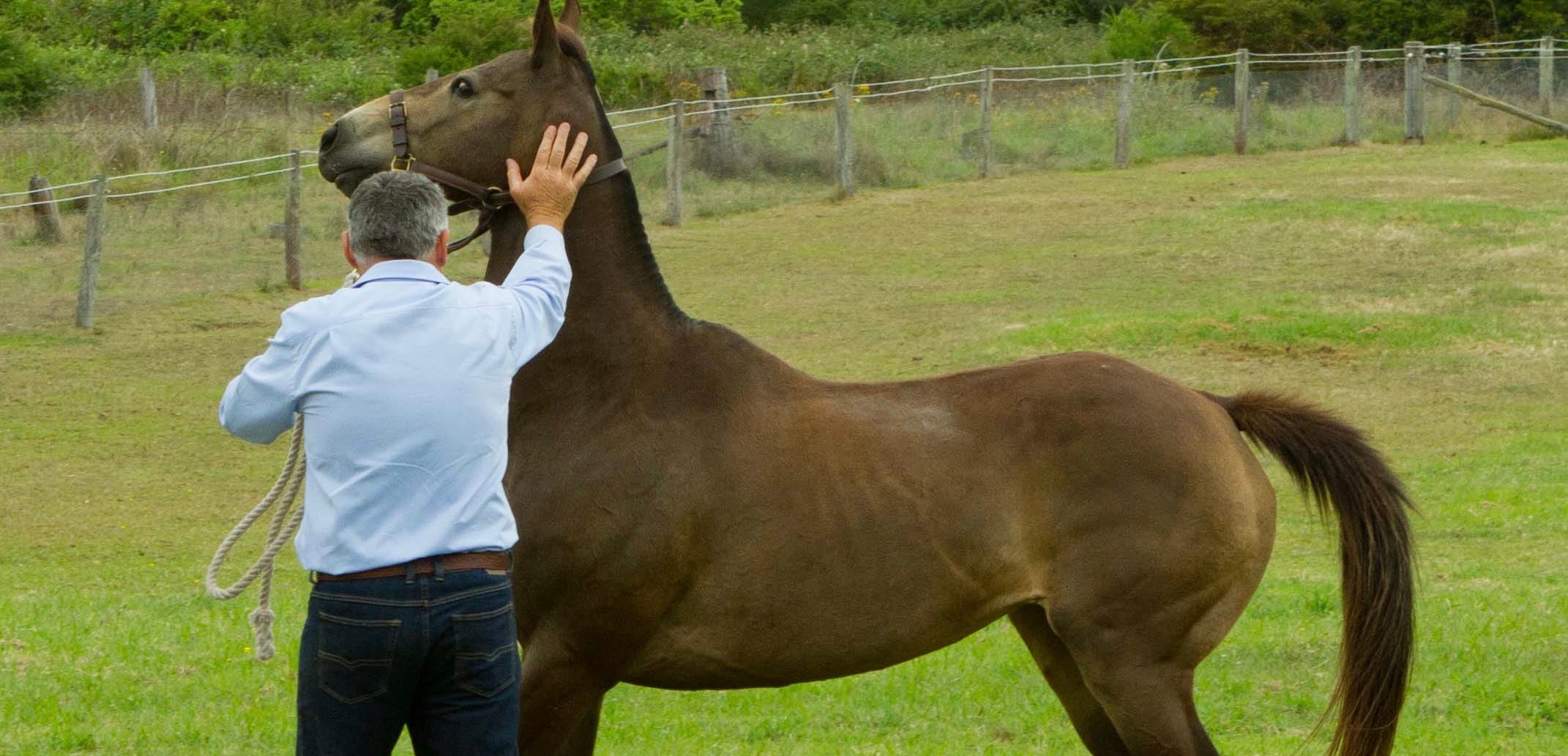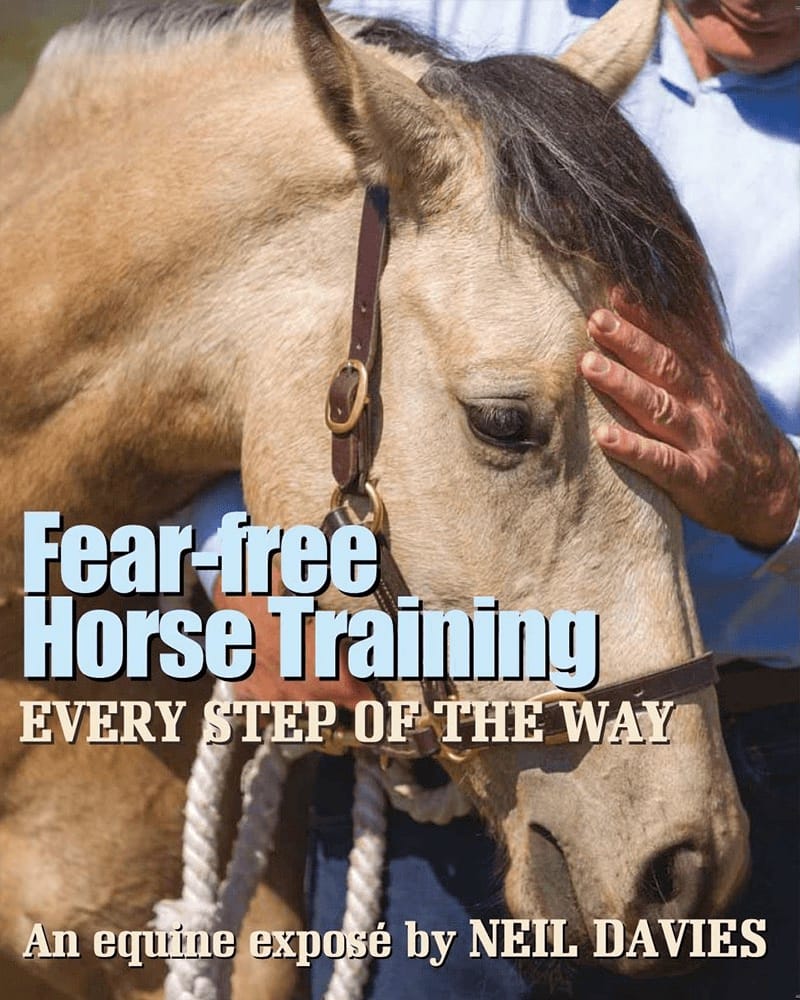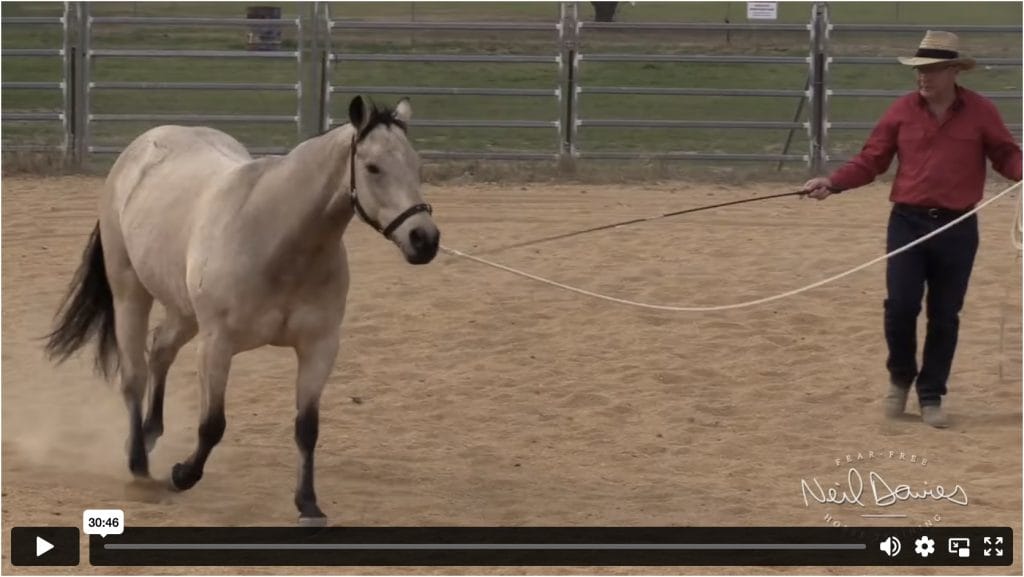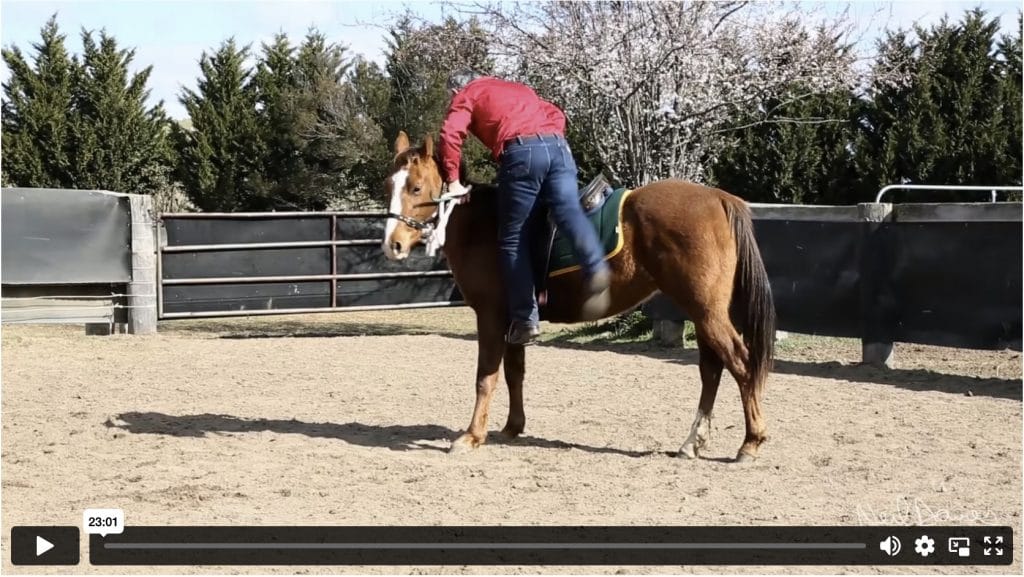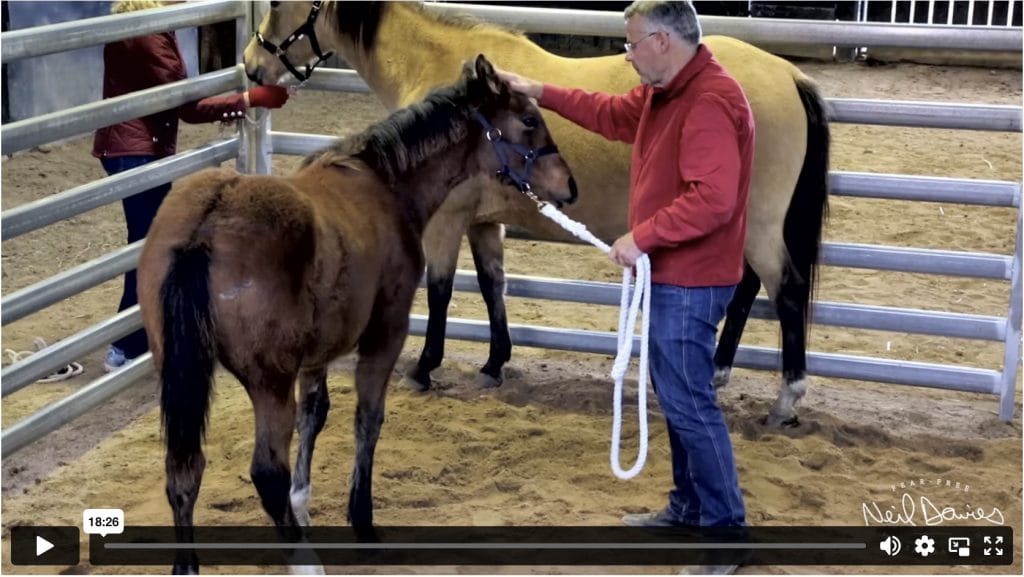Q: “I have a former racehorse who is very unhappy about having his ears touched around the base especially, which makes it quite hard to bridle him.
For example, to arrange his forelock and mane around his headpiece, and also to get rid of sweat from the area.
Can you please give me some advice on how to help him accept that it’s okay (in fact, it’s nice) to have a human scratch around his ears?”
Rebecca, via email.
My answer:
Unfortunately, it’s common practice to grab a horse’s ear to make him stand and it’s often used when he needs treatment.
To grab hold and twist a horse’s ear is very painful for any horse.
Consequently, it’s all too common to find horses like yours who don’t want your hand anywhere near their ears.
If you grab a horse’s ear even once, you create a big problem.
The next time your hand is anywhere near the horse’s ear, he’ll throw his head violently because he’s trying desperately to get rid of your hand.
Hitting a horse around the head also has the same effect.
If you can’t get the headstall on, start with a lead rope around your horse’s neck.
Rub your hand up his neck towards his ears.
If he moves his head, keep a firm pressure on the lead rope and keep your hand in the same position on his neck.
When he holds his head still for a second or two, remove your hand from his neck and give with the lead rope.
Next, step away to give him a rest then move to his other side and repeat the process.
Next time you approach, move your hand further up your horse’s neck.
If he steps away, move with him and keep your hand in the same position.
Apply pressure on the lead rope when he moves and give when he stands.
Take your hand away when he stands for a few seconds, then walk him around so he can relax.
With each approach, your horse will move his head less and gradually wait longer for you to take your hand away.
He’ll learn to get rid of your hand by holding his head still.
When a horse has been badly handled around his head and ears, it takes at least three or four lessons to begin to regain his confidence.
Even though your horse is frightened of having your hand near his ears, given time he’ll learn to enjoy a rub.
He’ll learn that it’s always easy and pleasant to have his head with you.
It’s something you may have to work on for a week or two.
When a horse is frightened in this way,
it’s important to keep lessons short and be happy with small improvements.
It’s best to have four or five ten-minute lessons each day, so your horse doesn’t become stressed.
It’s pointless to move on to other things if a horse is frightened of having his head and ears rubbed.
He can’t relax when he’s led or ridden if he thinks someone’s going to grab his ear or hit him around the head.
The most important thing is to gain every horse’s confidence, so he can relax.
Every horse must be convinced that it’s always easy and pleasant to have his head with you.
Every time I go near any horse, regardless of his age, I take time to rub him around the head, neck and ears.
I constantly reinforce that it’s nice and easy and pleasant to be with me.
Please remember, pleasantness can’t be overdone.

